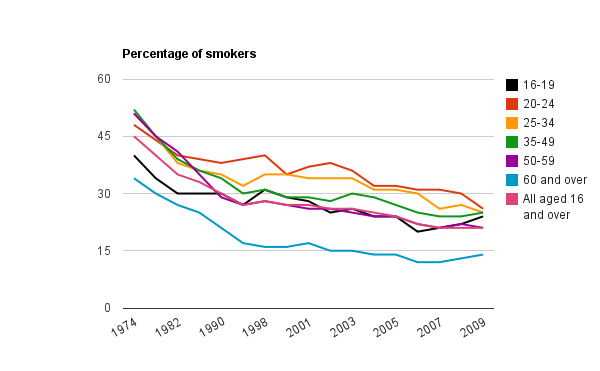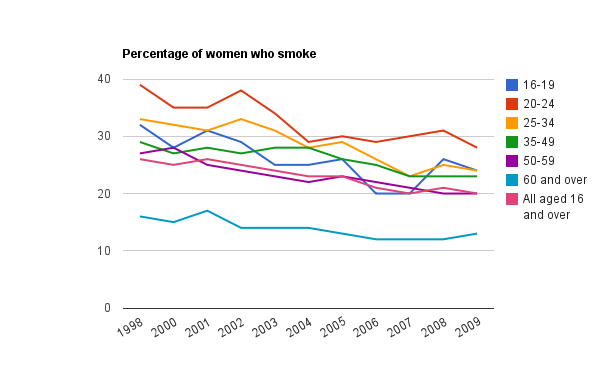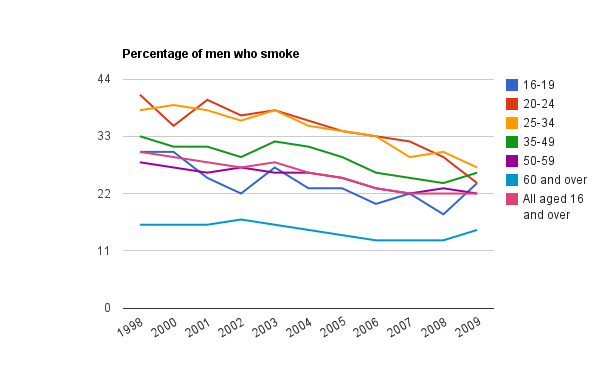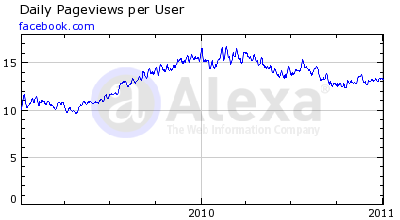The recent birth of my third child (a girl, all good, thanks for asking) meant another stab at picking a “good” name.
By good, I mean a name that ticks a few of these random boxes: not too popular; not too weird; sounds nice; no major associations; works with the other names we picked; doesn’t create a stupid acronym. That sort of thing.
And being something of a data nerd, I of course turned to the top list of baby names provided by the ONS. I’ve mentioned before the curiosity of names, and the readable analysis in freakenomics is fascinating.
However, a few things in the top girl names [xls file] (2009, the most recent list) struck me.
A quick test: our children are called Matilda, Francesca, and Annie. In 2009, the most recent data, which was the most popular? I would have thought Annie, but it was actually not even in the top 150, coming in at 153. Francesca was 98, Matilda at 46.
Weirdly, the names Lexi (47) and Lexie (69) – which count as separate names – when added together get into the top 30 with over 2,000 registrations. But the most notable thing about Lexi(e) is that it has risen from nowhere – in 1999 both variations barely got into the top 2,000 names.
But buried lower in the data was the confirmation that naming children can be terribly contrived. For nine months of the year, the most popular names are as you might expect. But then in June and July, Summer appears in the top 10. Overall in 2009, it ranked 24th with 2,054 girls given that name. But June and July saw 608 of those, nearly 30 per cent of the total. I’d guess it’s close to the top 10 for August too.
In December, it’s even worse. Holly, a name that over the year ranks 19th, is top in Christmas month, with nearly 23 per cent of its registrations, (519 of 2,263). It doesn’t get in the top 10 for any other month. Basically, if you meet someone called Holly, you have a 1 in 4 or so chance she was born in December.
Without wanting to sound too clever, I think we’ve picked good names. It’s a tricky dilemma, and you want to be creative without ending up like Daisy Waugh – Panda, Zeberdee and Bashe might be “different”, but it’s a fine line.
Finally, scrolling down to the very bottom of the list to the names given to only three girls nationally (names given only twice or less are redacted) throws up the truly awful. Porsche? Lilo? Topsy? There must be some corkers with only one entry.







